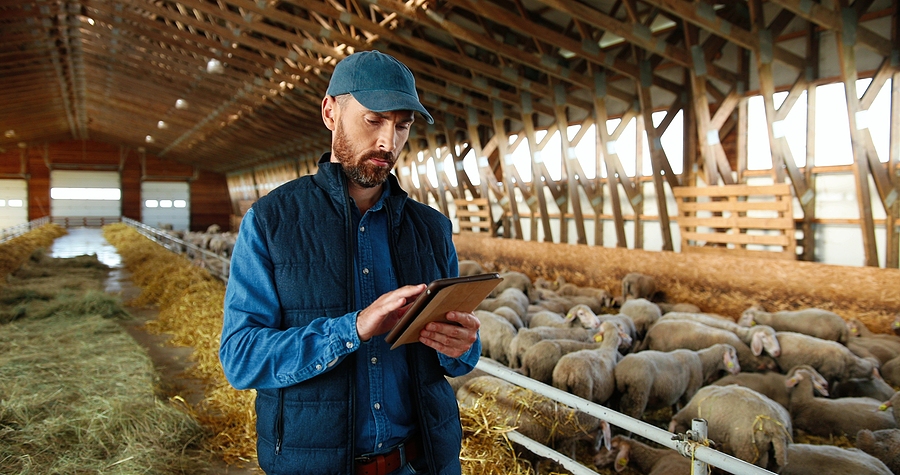
In pursuing a greener future, sustainable living has transcended urban landscapes, embedding itself deep within the pastoral heartlands of rural communities. This shift towards eco-consciousness reflects a broader awareness of environmental issues and a collective effort to mitigate the impacts of climate change.
With agriculture and livestock management integral to rural economies, developing eco-friendly practices has become paramount. Among these, the construction and optimisation of sheep yard designs stand out as a vital component for sustainable farming.
The Role of Sheep Yards in Sustainable Agriculture
Traditionally seen as mere holding spaces for livestock, sheep yards are now being reimagined as pivotal elements in the sustainability puzzle. Their design and functionality not only affect the well-being of the animals but also influence the ecological footprint of farming operations. Farmers can achieve a harmonious balance between productivity and environmental stewardship by integrating sustainability principles into sheep yard development.
Eco-friendly sheep yard designs prioritise the use of sustainable materials, efficient water management systems, and layouts that reduce stress on the animals. This approach not only enhances the welfare of the sheep but also improves the overall efficiency of farming practices, leading to a reduction in resource waste and a decrease in the carbon footprint of livestock management.
Innovations in Sheep Yard Design for Sustainability
The evolution of sheep yard locations has seen the incorporation of innovative technologies and practices that align with eco-friendly principles. Solar-powered water systems, for instance, provide a renewable energy source for livestock watering, reducing reliance on non-renewable energy sources. Similarly, the use of recycled materials in the construction of fences and gates demonstrates a commitment to reducing waste and promoting circular economy principles.
Furthermore, the layout of sheep yards is being optimised to facilitate efficient movement of animals, minimising stress and potential injury. This contributes to the well-being of the sheep and the efficiency of farming operations, as less time and resources are spent on managing stressed livestock.
The Importance of Community Engagement
Achieving sustainability in sheep yard development is not solely the responsibility of individual farmers. It requires a collective effort from the entire community, including local governments, agricultural organisations, and residents. Community engagement initiatives can play a crucial role in promoting sustainable practices, sharing knowledge, and fostering collaboration among stakeholders.
Workshops, seminars, and farm tours offer platforms for exchanging ideas and showcasing successful examples of sustainable sheep yard designs. These activities raise awareness and encourage the adoption of eco-friendly practices across the community.
Conclusion: Towards a Greener Future
The transition to sustainable living in rural areas, with a focus on eco-friendly sheep yard development, represents a crucial step towards environmental preservation and the well-being of future generations. By embracing innovations in design and fostering a community spirit of collaboration and knowledge sharing, rural communities can lead the way in sustainable agriculture.
The journey towards sustainability is ongoing, with each step forward reflecting a commitment to a healthier planet. As we continue to explore and implement eco-friendly practices, the role of optimisation of sheep yard designs in sustainable agriculture remains a beacon of progress, illuminating the path to a greener, more sustainable future.
In this context, understanding the broader environmental challenges faced by our planet is essential. The impacts of climate change on agriculture serve as a pertinent reminder of the urgency with which we must approach sustainability. By addressing these challenges through innovative and sustainable practices, rural communities can contribute significantly to the global effort against climate change.



